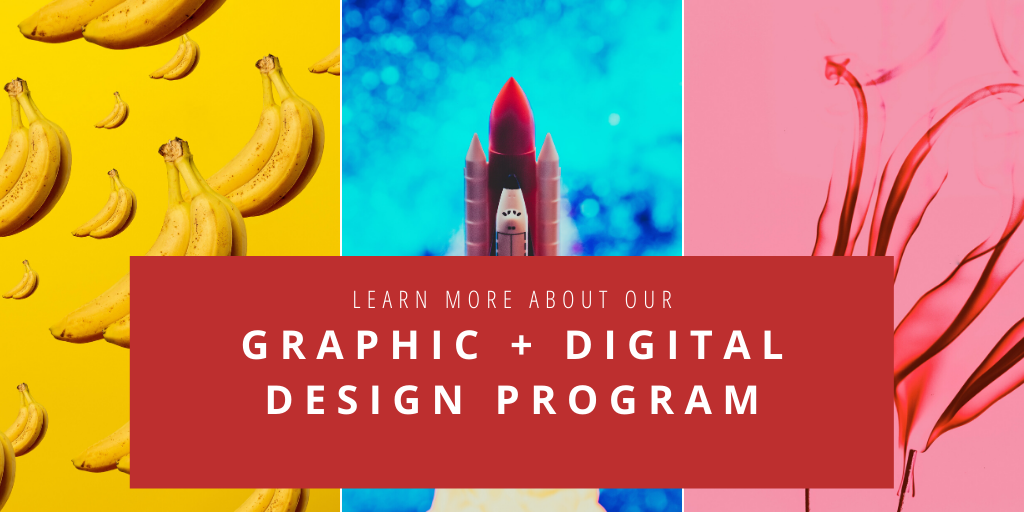8 TIPS FOR DESIGNING THE PERFECT LOGO IN 2021
Are you working on a new logo? Use these tips to make an impact!
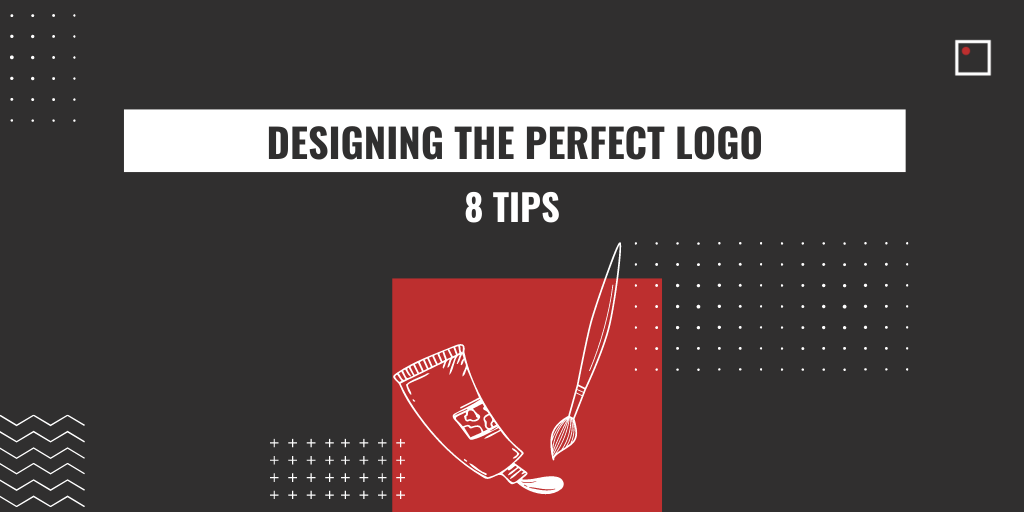
Written by Felicity Flesher
A logo is the first point of contact a business has with the outside world and a good logo can be one quick way to stand out from the crowd and be remembered. However, arriving at the perfect design can be daunting. You are creating a whole new visual identity for your brand and understanding each constituent part will be crucial. Follow these tips and study the examples below by InFocus Graphic Design Instructor Leila Singleton in order to help guide your process!
1. UNDERSTAND YOUR BRAND AND AUDIENCE

Research, research, research.
Learn everything there is to know about the industry, the client, the competition, and the marketplace. Observe logos around you and see what works and what doesn’t. Think about your favorite products and companies and what their logos achieve. Different businesses exude differing personalities and you want to keep your logo authentic and in line with that personality.
Communicate clearly and effectively with the client to ensure that you are clear on the message they want before you start your process. Or, if you’re designing a logo for yourself, take some time to reflect on the message you want to portray. Some questions you may want to ask:
- What makes this business special?
- How would customers describe this brand?
- What does it do better than anyone else?
- Is there anything we want to say about the heritage of this brand?
- Which values are most important to this brand?
As you brainstorm, you can get inspired by anything and everything around you, but always remember and recognize what this logo will represent. Your job as a designer is to distill everything the brand encompasses into one graphic representation.
2. TELL A STORY
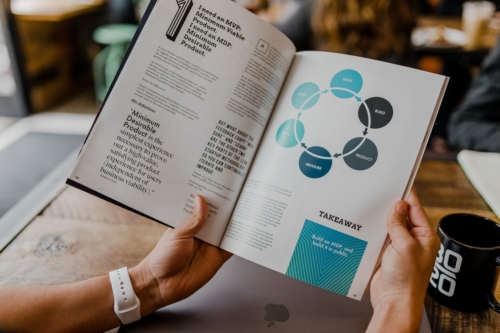
A good logo should succinctly tell the story of the brand. Even if it’s subtle, the story is what the audience will remember. Think about the FedEx logo, for a classic example. Although you may not consciously notice it at first, the hidden arrow in the white space between the E and x conveys the message that the company will deliver quickly and reliably. If you can, make your logo active in a way that will entice and engage your audience. Creating the illusion of movement can enliven what would otherwise be a static graphic. Keep in mind that a logo is not only a symbol for your business, but a way to interact with people.
Throughout your process, from early sketches to completion, be sure you take a step back to look at the larger picture. Is your design cohesive? How will it fit into the real world? Put yourself in the audience’s shoes and try to imagine how they might respond to your design. If you can, get fresh eyes to provide an outside opinion on whether a concept works or not. What makes sense to you may be misunderstood by another person.
3. FOCUS ON COLOUR
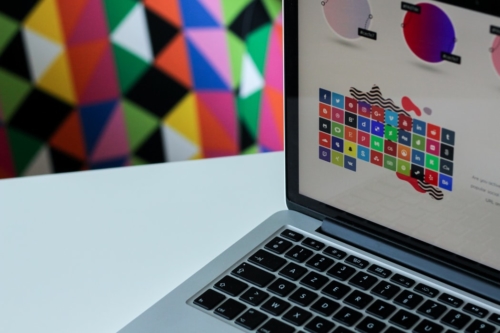
Although your design should be able to function in black and white, colour can have a major impact on the audience’s emotions so be sure to plan carefully. What do you want them to feel? Do certain combinations work better than others? Study the psychology behind colour and experiment strategically with what works best for your logo. You may find that orange plays up your brand’s quirky playfulness or that green emphasizes your outdoor company’s connection with nature. Blue often feels friendly as showcased by the palettes of social media sites like Facebook, Twitter, and LinkedIn.
Remember that there are also varying levels of tone, saturation, and shadow to a colour scheme. Brighter and bolder colours can capture people’s attention. Refer again to your knowledge of the brand and think about what reaction you want this logo to provoke.
4. CHOOSE THE PERFECT FONT

Typography can make or break your logo. Whether you’re designing a custom font or not, make sure it’s readable and fits the brand. If the brand wants to lean into its vintage feel, you may want to use a serif font. If your design is emphasizing minimalism, choose a more modern font. Try script for a more down-to-earth, relaxed handwriting feel. Beware getting tempted by overly gimmicky fonts as they may not read as professionally. Generally, you will want to limit yourself to two fonts at most in order to keep your logo clean.
Also keep your layout in mind. Try stacking text and positioning directionally to amplify and clarify the message of the logo.
Basic Logos, by Index Book
5. DON’T FORGET THE NEGATIVE SPACE
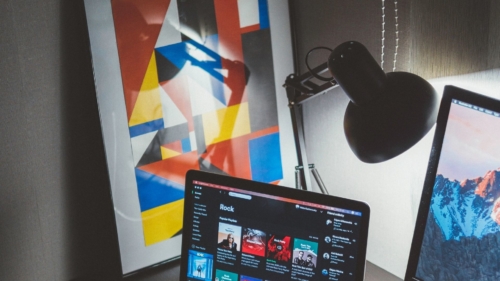
A logo is not just the text and graphic elements on its own. It’s also everything around it including the space it exists in. Use that container to your advantage to create balance and make certain elements stand out. What overall shape works best for your logo? Take a bird’s eye view and examine whether a circle or square or other style may be the right fit. Much like color, there is a psychology to shapes. Think about how the triangular shapes of Adidas, Delta Airlines, and Mitsubishi Motors play well with their products’ and services’ speed and dynamism. How does it all work together in harmony?
Really Good Logos Explained, by Margo Chase, Ron Miriello, Alex White, and Rian Hughes
6. DON’T BE AFRAID TO THINK OUT OF THE BOX
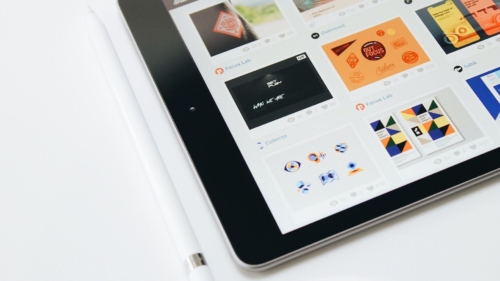
You may take inspiration from existing logos but avoid falling into cliché. Rehashing old ideas is no way to get noticed. Just because the client may be an optometrist, doesn’t mean their wordmark should include eyeglasses. Heed Apple’s advice to “think different” and you’ll notice that their logo has no computer anywhere in sight. Think about how you can push your design to the next level to build a concept that is ownable, that no other company would be able to use.
Be aware of trends and think about whether this logo is the right opportunity to break the rules or not. Ideally, your logo should be relatable but just different enough to make an impression. If you can think creatively and cleverly and implement that into your design, you just may be able to put a smile on someone’s face with your logo.
Design DNA: Logos, by Matthew Healey
7. KEEP IT SIMPLE
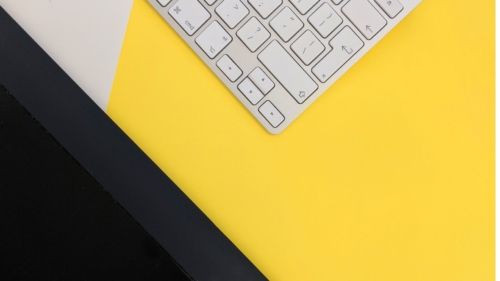
While you may try to get inventive with your design, remember that the most effective communication is often the simplest. Don’t confuse your audience with clutter. They should be able to understand your logo with one glance. Think about the Nike logo. It’s one swoosh and is recognizable to generations. Often, the sleeker the design the more timeless it will be.
The Big Book of Logos 5, by David E. Carter
8. MAKE YOUR LOGO FLEXIBLE AND DYNAMIC
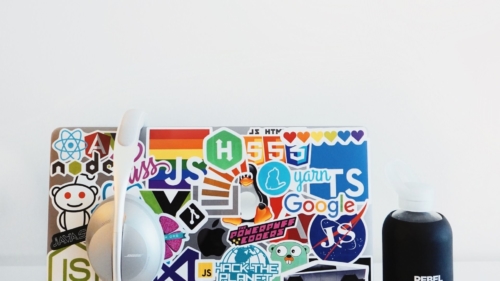
A perfect logo should work across any type of platform. Brands will want to showcase their products across many kinds of channels including billboards, packaging, and websites, and the logo may even be animated at some point, so make sure that your design is versatile and can operate effectively across multiple types of media.
Test the scalability of your logo – does anything change when you make it larger or smaller? A more intricate design may not work as well on a pen, for example. Think about the user experience of the logo. Will they be seeing it up close, on their mobile device, in quick bursts? Adapt to make sure it will be compatible.
Great logo design generates from the perfect application of skill, storytelling, and theoretical comprehension. With practice, all of these elements should start to come naturally and can be mastered with time. What matters most, whether you’re a veteran designer or a rising student, is that you always put your best work and effort into your design.
Related links
Infocus Film School Graphic Design Program

